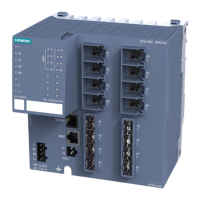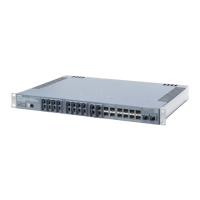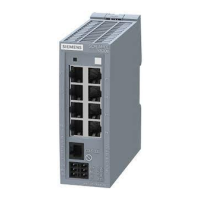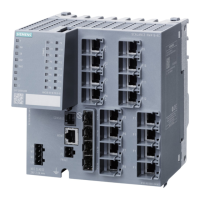● The following protocols provide secure alternatives:
– HTTP → HTTPS
– Telnet → SSH
– SNMPv1/v2c → SNMPv3
Check whether use of SNMPv1/v2c. is necessary. SNMPv1/v2c is classified as non-
secure. Use the option of preventing write access. The device provides you with suitable
setting options.
If SNMP is enabled, change the community names. If no unrestricted access is
necessary, restrict access with SNMP.
Use the authentication and encryption mechanisms of SNMPv3.
● Use secure protocols when access to the device is not prevented by physical protection
measures.
● If you require non-secure protocols and services, operate the device only within a protected
network area.
● Restrict the services and protocols available to the outside to a minimum.
● For the DCP function, enable the "Read Only" mode after commissioning.
● If you use RADIUS for management access to the device, activate secure protocols and
services.
Interfaces security
● Disable unused interfaces.
● Use IEEE 802.1X for interface authentication.
● Use the function "Locked Ports" to block interfaces for unknown nodes.
● Use the configuration options of the interfaces, e.g. the "Edge Type".
● Configure the receive ports so that they discard all untagged frames ("Tagged Frames
Only").
Available protocols
The following list provides you with an overview of the open protocol ports.
The table includes the following columns:
● Protocol
● Port
● Port status
– Open
The port is always open and cannot be closed.
– Open (when configured)
The port is open if it has been configured.
Safety notices
2.1 Recommendations on network security
SCALANCE XC-200
14 Operating Instructions, 12/2017, C79000-G8976-C442-03
